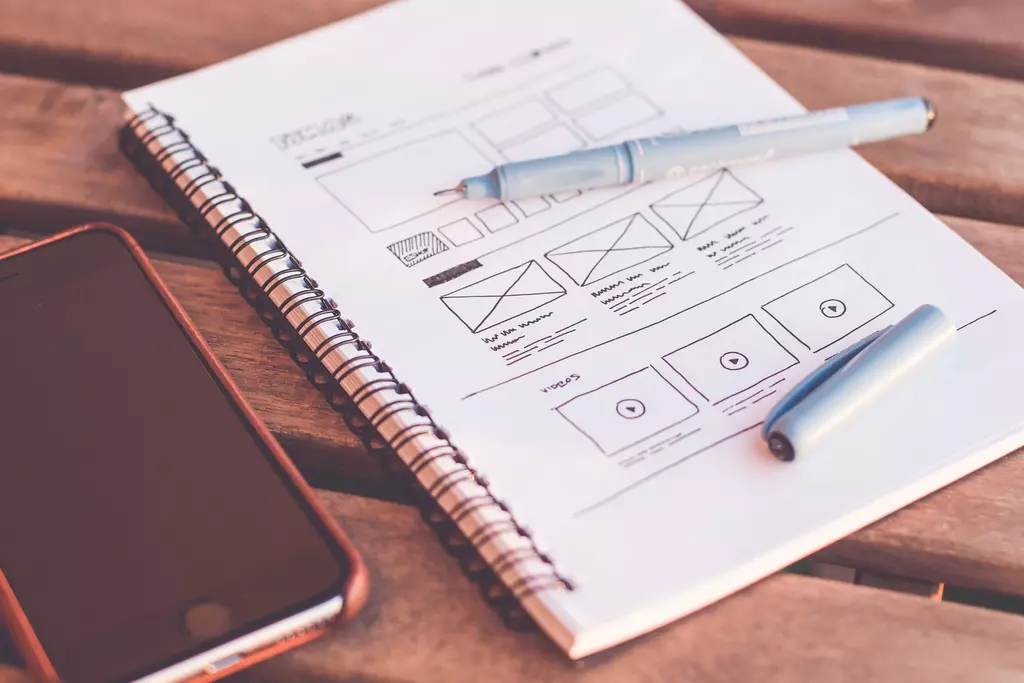Test Before You Build - Save Time & Money
What if you were building an application and there was some strategy you could employ that would allow you to ensure that no development occurred for things that aren’t needed. Further, the thing being built would contain all the desired elements and refined user experience. Would you do it?
By performing a paper prototype, you are able to test if the application works in the way that you would like it to work. You can also accurately communicate to developers what you want built.
By completing these activities, you are testing the design before you build it. Testing your design is the single most important way to reduce the cost of building and reducing your time to market.
What Is a Paper Prototype?
A paper prototype consists of mock “screens” or web pages that represent the application being built. Those screens are drawn or printed to paper so one can interact with the paper screens as if using the application for real.
Of course, one can achieve something similar to this through electronic means as well.
The main goal is to simulate using the application, so the more realistic, and the more representative of the final look, the better. Still, it can be acceptable for the representations to be of a low fidelity. So long as the “user” of the paper prototype can interact with some degree of accuracy to what will eventually be built, then the goal can be met.
How to Use a Paper Prototype
One needs to step through the paper screen as if using the application. One can tap on an icon and then show what happens. One can click a toggle control to see how elements of the page are shown or hidden, for example.
Some actions may need to be imagined since the dynamic nature of most modern applications requires that the screen change the way it is rendered. This is difficult to show on paper. One could create all the various ways in which the screen is rendered, but that would be very time-consuming.
In fact, the time involved in performing this activity is its most significant downside.
Quick & Cheap
In minutes, one can “build” an application as a series of screens or web pages. Don’t like the way something works? No problem. Change it rapidly. Want to try a different approach? Also, not a problem.
One can iterate on different ideas, work with team members and brainstorm, and demonstrate the flow of the application to a development team.
Wrap Up
Testing a design is an important step and the paper prototype is a great way to test a design when it includes a user interface. One can also get a good idea of user experience. It is a great way to simulate using an application.
One of the most difficult things to communicate to a developer is the flow of screens and the interactions that occur. While it can still be a challenge with a paper prototype, one can get closer to a representation.
Creating a video, showing a session of using the paper prototype, can be a great virtual way of documenting an application design.
Inspired? Go get the drawing pencils and scissors and start your paper prototype today!

